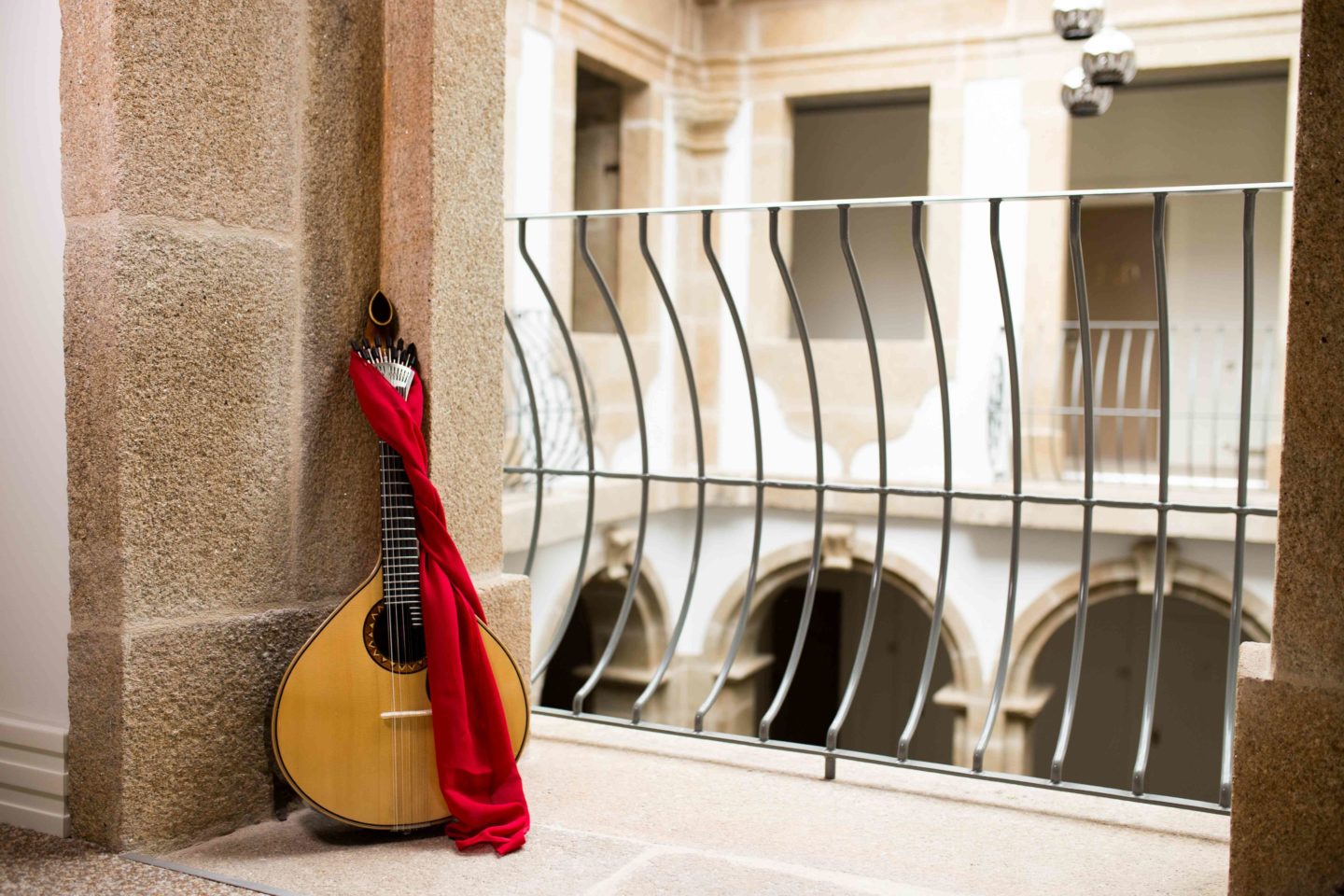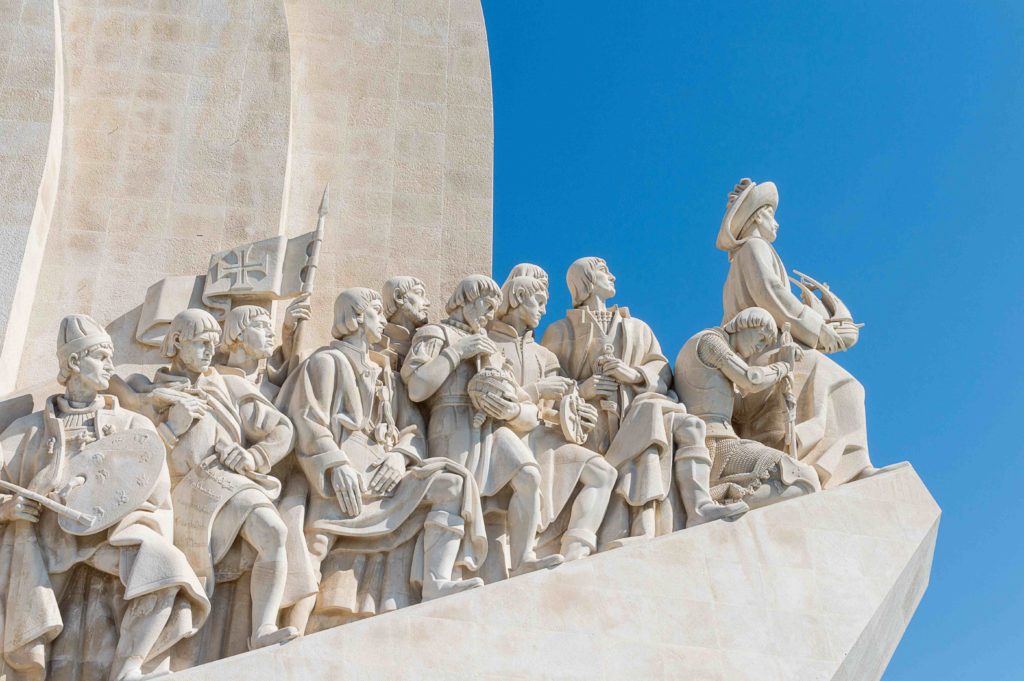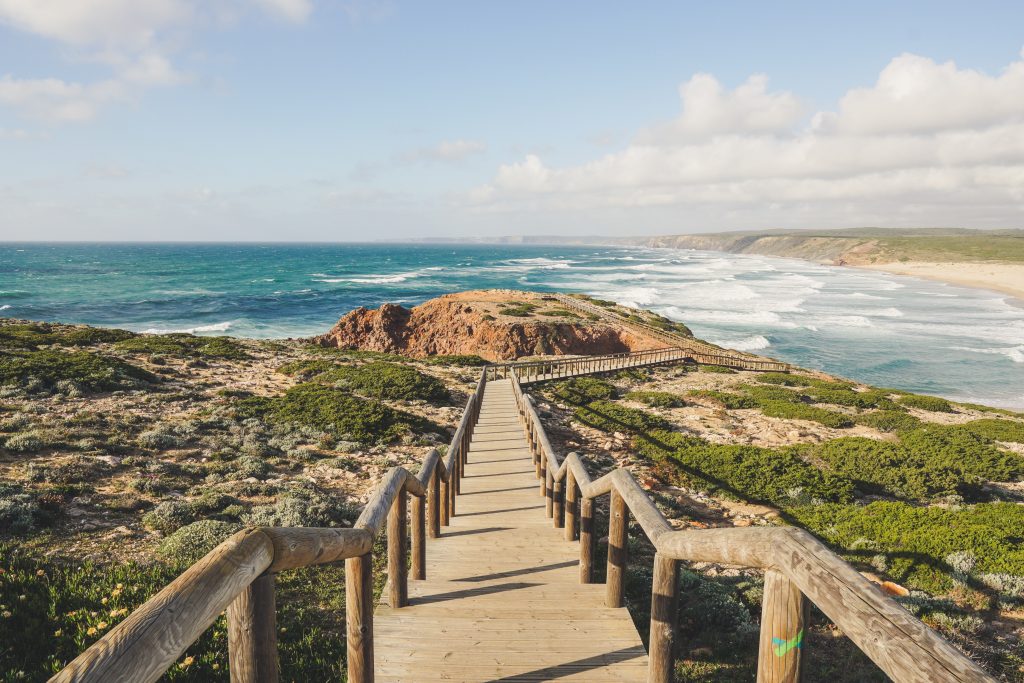Tarts, trams and tiles in the City of Seven Hills
Lisbon, Portugal
The capital of Portugal is one of Western Europe’s oldest cities but it’s anything but stale. Lisbon is a tapestry of tangled lanes, azulejo tiles, cutting-edge museums and rickety yellow trams that take you to the top of the city’s seven hills. You’ll realise this while watching the sunset with a ginjinha (local cherry liqueur) at a rooftop bar, indulging in some retail therapy in a flea market or listening to soulful fado in the barrio of Alfama. We are sure you’ll want to come back for more.
Learn to make pastel de nata
It would be criminal to leave Lisbon without sampling a pastel de nata (flaky Portuguese custard tart) but they taste even sweeter if you’ve made them yourself. We can arrange for you to learn how to make your own under the tutelage of an expert local chef at the iconic Pastéis de Belem, where the sugary delicacy originated.
Sail round the harbour
Leave Lisbon’s crowds behind and see the city from a different perspective on a private river cruise. Enjoy unique views from the River Tagus of the city’s blockbuster sights such as São Jorge Castle, Se Cathedral, Jeronimos Monastery and Belem Tower, while sipping champagne and relishing the undivided attention of your guide.
Fall in love with fado
Fado, with its powerful tales of longing, is Lisbon’s most famous musical form. Immerse yourself in this music with a private tour of the Fado Museum followed by a visit to a top Fado club. Here the melancholy singing is paired with an authentic Portuguese meal served in a traditional space decorated with beautiful tile panels. Simply unforgettable.
Ride tram 28
Our favourite way to get around Lisbon is aboard one of the creaking yellow trams. The most famous is Tram 28, and Cosa can organise a private tour for you. Expect to pass the colourful Feira da Ladra flea market at Campo de Santa Clara, as well as atmospheric neighbourhoods including Graça, Alfama and Baixa. Todos a bordo.
Essential Lisbon
Despite being on the western edge of Europe, Portugal’s capital has a turbulent history. The city endured an earthquake and tsunami in 1755, followed by the abolition of the monarchy then autocratic rule until 1974. Today Lisbon has shaken off its past and reinvented itself as one of Europe’s most scenic cities, with its cobbled streets, ornamental facades and coastal views. It often features in rankings for cities with the best quality of life, something its half a million inhabitants would agree with.

Where it is
Southern Europe

When to go
All year

Why go there
Historic architecture
Colourful markets
Fado music

What to see
Belem
Alfama
Tram 28






















